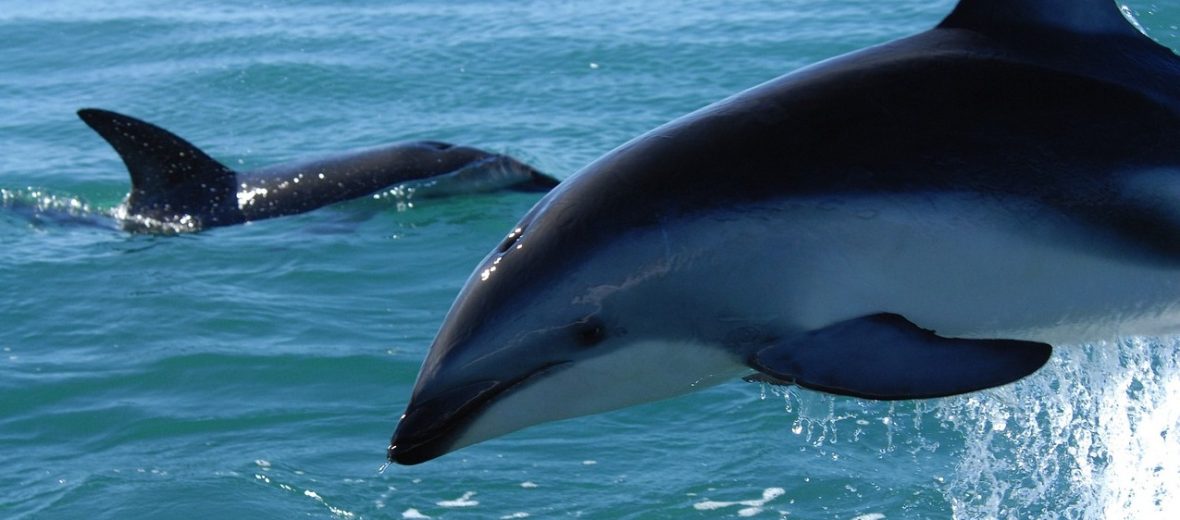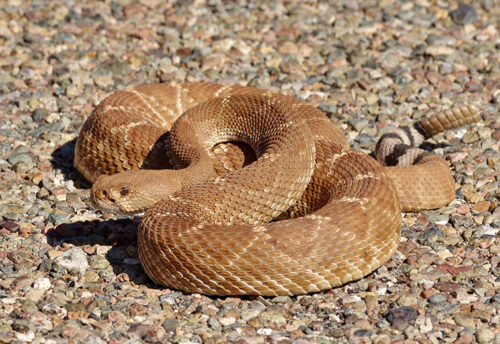
The dusky dolphin, aka Fitzroy’s dolphin, can be found off the coasts of South-Western Africa, New Zealand, and South America, in the Pacific and Atlantic Oceans. They can tolerate both cool and warm temperate water. These dolphins lack the characteristic dolphin beak. This dolphin species is closely related to the Pacific white sided dolphin. Even though they face the threats of overfishing; human activities; and are sometimes the victims of bycatch (getting caught in long lines or gill nets) they are still listed as Least Concern by the IUCN. However, the Peruvian dusky dolphin is listed as Vulnerable.
First the Stats…
Scientific name: Lagenorhynchus obscurus
Weight: Up to 280 lbs.
Length: Up to 6.92 feet
Lifespan: Up to 25 years
Now on to the Facts!
1.) Both genders have a dorsal fin, but there is more of a curve to the male’s.
2.) These dolphins are crepuscular (active at dawn and dusk).
3.) When feeding, they will typically form large pods of up to 1,000 individuals.
4.) Duskies are social and playful and spend part of their waking time grooming and playing together.
5.) Like other dolphins, dusky dolphins communicate vocally by means of clicks, squeaks, squeals, and whistles.
But wait, there’s more on the dusky dolphin!
6.) Out of water, their calls can be heard for up to 2 miles!
7.) A group of dolphins is called a herd, pod, or school.
Did you know…?
These dolphins can swim at speeds of up to 23 mph.
8.) Being piscivores (eat aquatic life), these critters prey on various fish, schooling shrimps, and squid.
9.) These dolphins are polygynandrous (promiscuous – having more than 1 partner).
10.) Males aggressively defend their breeding rights competing and fighting each other.
But wait, there’s more on the dusky dolphin!
11.) Females undergo up to an 11 month gestation (pregnancy) that yields 1 calf.
12.) Calves are typically born between June – August.
13.) Mom suckles her calf for up to 18 months.
14.) Calves stay with mom for up to 3 years. After which time they leave to start their own pods.
15.) Only orcas and certain species of sharks prey on dusky dolphins.
Now a Short Dusky Dolphin Video!
Be sure to share & comment below! Also, check out the Critter Science YouTube channel. Videos added regularly!
Want to suggest a critter for me to write about? Let me know here.
Think you know a lot about critters? Try your hand at these fun, free quizzes:



